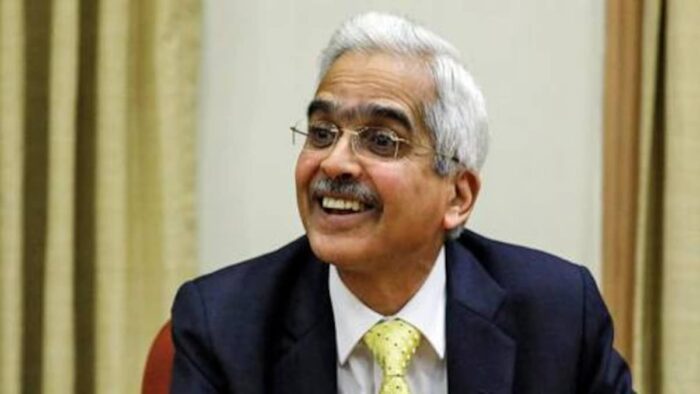New Delhi:The Reserve Bank of India (RBI) on Friday said it will rationalise risk weights and link them to loan-to-value (LTV) ratios only for all new housing loans sanctioned up to March 2022 in a step to boost the real estate sector.

“In terms of the extant regulations on capital charge for credit risk of individual housing loans by banks, differential risk weights are applicable based on the size of the loan as well as the loan to value ratio (LTV),” RBI said in its Statement on Development and Regulatory Policies. “Recognising the criticality of real estate sector in the economic recovery, given its role in employment generation and the interlinkages with other industries, it has been decided, as a countercyclical measure, to rationalise the risk weights by linking them only with LTV ratios for all new housing loans sanctioned up to March 31, 2022,” it added.

The central bank’s move will likely make more credit available to borrowers and particularly for the higher value loans. Differential risk weights are applicable to individual home loans, based on the size of the loan as well as LTV under RBI’s current regulations. LTV means how much the value of the property a bank can lend to a borrower. A bank has to make more provisions if risk weights rise and as a result its ability to lend is restricted.
Such loans shall attract a risk weight of 35% where LTV is less than or equal to 80%, and risk weight of 50% where LTV is more than 80% but less than or equal to 90%.“Banks will definitely be benefited with lower provisioning by lending to this segment which will ultimately encourage banks to make this product more price attractive,” The requirement of capital provision for banks will come down after the revision in the risk weightage and it will encourage banks to push housing loan products with attractive features.
RBI left key interest rates unchanged and kept policy accommodative to help pull the coronavirus pandemic-ravaged economy out of its worst slump in four decades. RBI’s monetary policy committee (MPC) kept the repo rate, its key lending rate, at 4.0%, and the reverse repo rate or the key borrowing rate at 3.35%. The central bank has slashed the repo rate by 115 basis points (bps) since late March to cushion the shock from the coronavirus crisis and sweeping lockdowns to check its spread.
RBI governor Shaktikanta Das said there were some encouraging signs of a business turnaround and activity could return to growth in the January-March quarter even as India’s economy has been the worst hit by the pandemic among major countries and new infections continue to climb. The RBI sees India’s real GDP contracting by 9.5% in the current fiscal year, Das said.
“The MPC is of the view that revival of the economy from an unprecedented Covid-19 pandemic assumes the highest priority in the conduct of monetary policy. The MPC decides to maintain status quo on the policy rate in this meeting and await the easing of inflationary pressures to use the space available for supporting growth further,” he said.
As RBI kept the repo rate constant, those paying EMIs on their floating interest rate loans won’t benefit but they may expect some relief from the earlier cuts by the central bank. This will come as several banks have reduced their Marginal Cost of Funds based Lending Rate (MCLR) and repo linked lending rates in the recent past.


Comments are closed.